France harbours one of the oldest and most vibrant Jewish communities in the world. In fact, after Israel and the US, the French Jewish population is the globe’s largest. From the old “pletzl” in Paris, where generations of Jews have lived, worked and worshiped for centuries, to Provence where they at certain points found refuge during times of persecution, there are so many inspiring and moving sites to visit: places imbued with both cultural treasure and immense human tragedy. Read on to find out why to embark on one of our private Jewish heritage tours in France. We’ll take you on an entirely unique, personally tailored adventure around one or more regions. This will allow you to discover countless historical and present-day riches– and return home with lifelong, treasured memories.
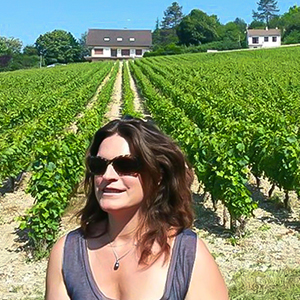
Founder
Jewish heritage in France is incredibly rich, stretching back hundreds of years. Come discover our unique private tours to learn about this vibrant history– from the « pletzl« in Paris to Alsace.
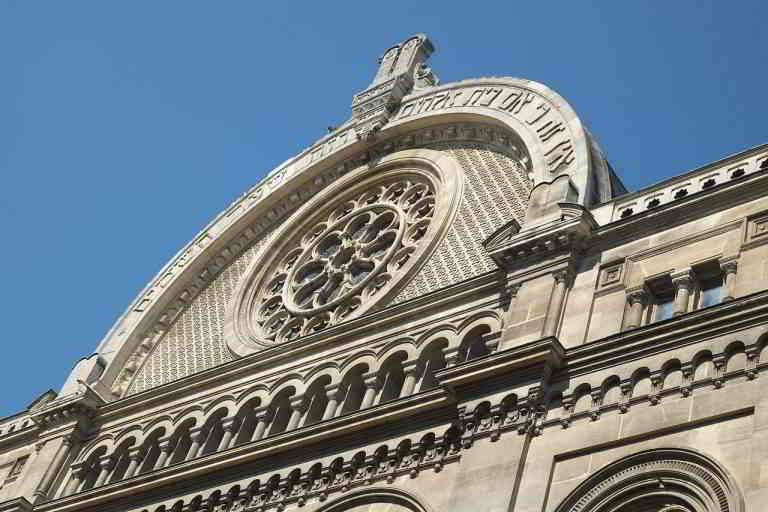
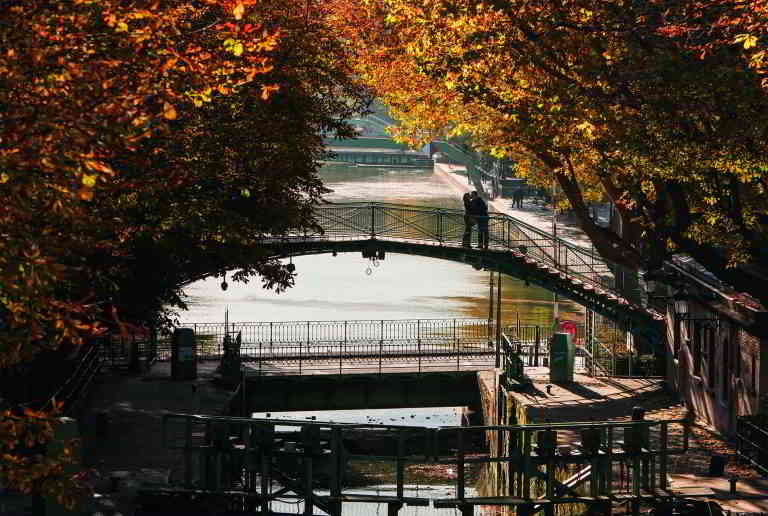
Paris is a natural starting point for any in-depth private tour. The numbers themselves partly show why: of France’s 500,000 Jewish citizens and residents, some 300,000 are Parisians!
Boasting a strong presence in the French capital for many centuries, Jewish communities have in turn flourished and suffered terrible and murderous persecution. As a result, the city offers a living map and memorial testament to this complex history– as well as thriving current-day Jewish cultures that should be experienced in a spirit of joy and discovery.
Medieval Roots & Current-Day Culture in the Marais
Your tour might open by exploring sites that reveal the medieval roots of Jewish Paris. This will plunge you straight into the history that lies right underfoot, but is easily effaced by the sheen and ease of modern life. We’ll take you to the Marais, one of the oldest parts of the city and one of the few not to be razed by the Baron Eugène Haussmann during his reconstruction of Paris in the 19th century. It is here that the traditional Jewish pletzl (literally, “small square”, but more broadly, “neighborhood”), has thrived for generations.
The area around the Place St Paul was for centuries known as “the old Jewry”; the Place St Paul itself was called “Place des Juifs” until the early twentieth century. Today, the Marais, especially the always-teeming Rue des Rosiers and its surrounding streets, remains the city’s principal and most beloved Jewish district. The ornate yet discreet synagogue on Rue Pavée, designed by Hector Guimard in 1913 in the Art Nouveau style, stands as only one proud emblem of that long legacy.
Synagogues and Places of Commerce
Many important synagogues thrived in the area during the Middle Ages, and a large and vibrant population pursued mercantile professions (the only ones they were allowed under reigning laws) as well as religious and intellectual discovery. Of course, medieval Paris was far from being entirely friendly: monarchs including Charles VI summarily expelled Jews from the city, and the pletzl was all but abandoned by Jews for hundreds of years. When they weren’t deported from the city, Jewish communities were often forced to adapt to walls that were erected at various junctures, banning them from living and working inside their limits.
On your bespoke tour of the pletzl, we’ll show you the secret corners and hidden details you may well miss on your own, bringing to life layers of history and memory that will be certain to haunt and inspire you. Your adventure in the Marais will include some or all of the following stops.
The Museum of Jewish Art And History
This underappreciated but rich collection of objects and memorial items addresses not only Parisian and French Jewish history, but also the millennia-long legacies of the Jewish people and their many diasporas. From paintings to Talmudic scrolls, manuscripts, exhibitions on intellectual history and objets d’art, the permanent collection is thematically organised to help you gain a broad yet in-depth understanding of Jewish contributions– and persecution– throughout the ages.
Gastronomic Delights & Luxury Shopping in the Marais
One of the many delights of visiting the Marais are its restaurants and shops. On the Rue des Rosiers and surrounds, enjoy traditional Yiddish and Israeli specialties, from home-baked challah and strudel to world-acclaimed falafel sandwiches. You can partake in kosher wine tastings and peruse the local Jewish bakeries, markets and bookshops.
This is also one of Paris’s most-coveted places for luxury shopping. An attractive mixture of global designer standalone stores and rarified independent boutiques flourish in the area, and the Place des Vosges is a wonderful place to search for fine art from local galleries and celebrated artists.
The Holocaust Memorial and Neighborhood Plaques
During the Nazi Occupation of France and Paris (1940-1945), some 200,000 Parisian Jews were deported to concentration and death camps. Thousands were young children; many perished in distant camps in Germany and Poland. Essential stops on your tour are the Deportation Memorial and Shoah museum, which ensure visitors and locals never forget those who were murdered as part of Nazi genocide– and those who resisted. Located just behind Notre Dame Cathedral, this is a moving and contemplative place in the capital that all visitors should spend some time in.
Another important way to keep alive the memory of those who were persecuted under the Occupation is to take a private tour of the city’s many moving memorial plaques. In the Marais alone, numerous schools, synagogues and places of business bear plaques detailing the numbers of students and residents who were deported to Nazi death camps. While this is a devastating reminder of Paris’ dark past, it is a solemn and crucial way to help ensure history is never repeated.
Other Jewish Sites & Neighborhoods in Paris
Of course, if you want to get off the beaten track a bit and explore less well-known corners of Parisian Jewish history and culture, that’s entirely possible.
Your private adventure might take you to explore Jewish cemeteries or synagogues scattered throughout the northeast of the city, or to experience a taste of the lively North African Jewish communities that thrive in multicultural districts such as Belleville and Menilmontant, stopping into to taste a plate of traditional couscous or a cup of mint tea.
Looking for a Specialised Private Tour in Paris?
The possibilities are numerous if you’re interested in a more specific theme for your tour of Jewish Paris. We can organise kosher food tours of Paris that are at once entirely private and filled with delicious discoveries. Interested in art and literature? We can include a look at Jewish Parisian artists such as Modigliani, Marcel Proust, Sarah Bernhardt and Marc Chagall, among many others. If you’d like to focus on places of worship and sacrament, your tailored itinerary might include visits to several key synagogues, historic schools, and Jewish cemeteries in the capital.
There’s no one way to enjoy all that the city has to offer, and the riches are deep and numerous. Just let us know what interests you the most, and we’ll make sure it’s included on your personalised adventure.
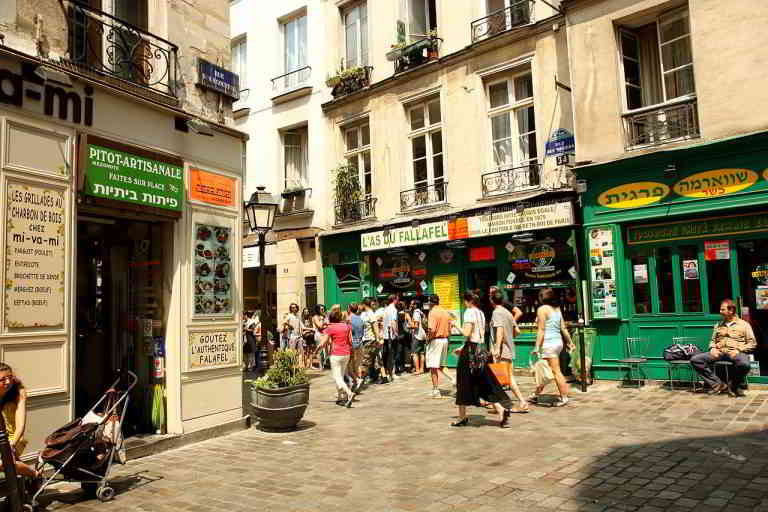
At the time of the French Revolution of 1789, the northeastern region of Alsace and Lorraine harboured France’s biggest Jewish community. This historic area, which has alternately belonged to both France and Germany over the years and thus boasts local traditions with a distinctive Germanic flavour, was traditionally home to Ashkenazi (Eastern European) Jews. Accordingly, a particular variety of Yiddish has been spoken in the area of centuries, probably since Jews first settled in cities such as Cologne as early as the 5th century. Thriving communities would later spring up in cities like Strasbourg, Colmar and Mulhouse.
During the 14th and 15th centuries, Jews were increasingly persecuted and targeted, and the population shrunk significantly, before once again growing in size until around the mid nineteenth century. After that, it once again diminished in size. But during the late 19th and 20th century, it would be a prominent site of Jewish persecution, starting with the infamous “Dreyfus Affair” that saw a Jewish military Captain from Mulhouse wrongly accused of being a traitor to Germany. During the occupation of France by the Nazis, Alsace lost around 10 percent of its Jewish population, who were deported to concentration camps.
These fluctuations and periods of expulsion or migration have left layers of complex Jewish history in Alsace and Lorraine—ones that can be difficult to retrace. In recent years, restoration and memorial efforts have focused on bringing back to life the vibrant history and culture of Alsatian Jews. Here are just a few of the highlights we might concentrate on during a tour in this interesting region:
Strasbourg and the Old Jewish Quarter
While Strasbourg is perhaps best known for its magnificent Cathedral and its Christmas markets, what many visitors fail to realize is that there’s also a centuries-old Jewish heritage to enjoy in the city. We’ll take you around some of the old streets where Alsatian Jews both thrived and suffered. The Quai Kléber is where a monumental synagogue once stood, but tragically, it was burned to the ground by Nazis during World War II. A commemorative plaque still stands there. A new synagogue was built nearby in 1958, and features a distinctive Holy Ark framed by an ornate tapestry by the artist Jean Lurcat.
Also in Strasbourg on the historic Rue des Juifs, a mikveh, or ritual bath,dating to around 1200 was recently discovered, revealing incredible depth of Jewish history in the city. Meanwhile, the Alsatian Museum features three rooms on Judaism in Alsace. These display items such as torah scrolls and a Shabbat lamp, as well as paintings and historical reconstructions.
The Judeo-Alsatian Museum of Bouxwiller
This fascinating museum, whose collections are located in an former synagogue, offers still more historical insight into the role of Jewish culture and traditions in Alsace.
The Synagogue in Diemeringen
The quaint Alsatian town of Diemeringen features an important Jewish community. Here, you can visit an 18th century cemetery filled with beautiful old headstones, a prominent and still very active synagogue and a historic Jewish school whose rooms have been conserved in their 19th-century guises.
From Mulhouse to Colmar, the Possibilities Abound…
Alsatian Jewish history is so rich that we must reserve many of its more secretive aspects for your private tour. You might consider browsing the guides at this page to make some initial choices about the specific towns and sites you’re most interested in. We’ll then work with you to create your ideal itinerary. And since Alsace is also known for its remarkable wines, why not include some wine tasting along the way? We can even arrange for an exclusively kosher wine-tasting adventure in the region.
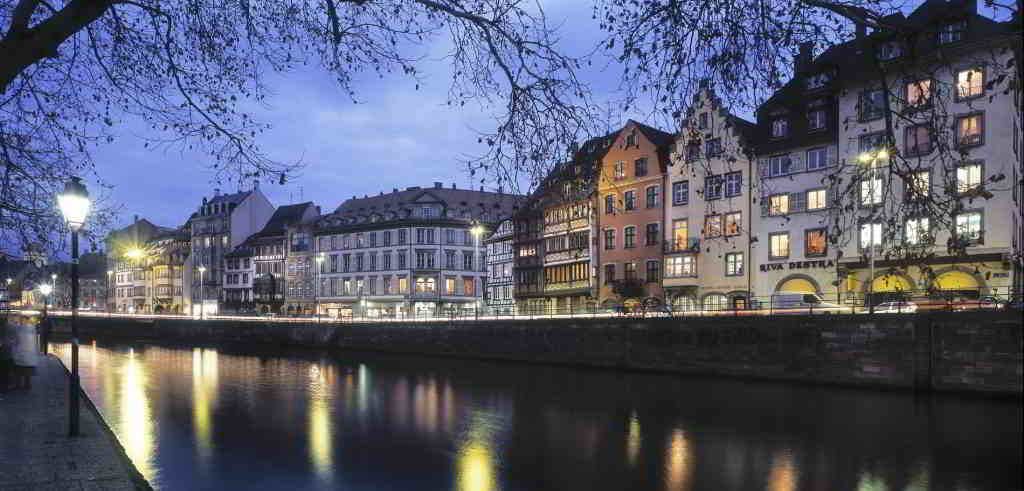
While many people don’t especially associate Provence with Jewish history, the truth is that the sunny region has one of France’s richest. This is another essential area to visit on your bespoke itinerary– one that reserves many intriguing secrets.
During the late 14th century, when Jews were expelled from Paris and what was then France, they at one point found crucial refuge in Provence, in the old Roman city of Avignon and the nearby Comtat Venaissan (today, this is known as the Vaucluse department). Ruled by the Catholic church, these Papal territories were separate from the rest of France during the medieval and Renaissance periods; as such, they were subject to different laws. It was here that thousands of Jews, many fleeing persecution elsewhere in France and Europe, built thriving communities. While they still faced persecution in terms of the sorts of professions they could practice and general prejudice, they were, for a time at least, safe from physical threats.
This refuge was in the Papal territories of Avignon and the adjacent Comtat Venaissan (in today’s Vaucluse département.) Avignon and the Comtat were the property of the Catholic Church from the 13th century until they became part of France after the French Revolution. Jews here were legally designated as les Juifs du Pape (the Pope’s Jews.) While they still faced persecutory restrictions around where they could live and what work they could do, life was often better in Provence than elsewhere in France– at least up until the French Revolution of 1789, which finally recognised Jews as full citizens and led to new waves of migration back to Paris.
Your private tour of Jewish Provence may include some or all of the following sites:
Avignon: Visit to the Synagogue and Old Quarter
Avignon is one crucial stop on your Provencal leg of the tour. Jews have been present in this ancient city since at least the 4th century AD, evident in a seal on one building showing a menorah, and dating to that early period.
The central Synagogue, dating to the 19th century, is testament to the importance of Jewish life in Avignon. Destroyed in a fire during the mid 19th century, it was rebuilt in its present guide shortly following the tragedy. Its unique neoclassical architecture is worth spending some time marvelling at. The neighbouring Rue Jacob and Rue de la vieille juiverie are also essential for local history.
The Cavaillon Synagogue and Jewish Museum
Meanwhile, the magnificent Cavaillon Synagogue, with roots stretching back to the 15th century, is a remarkable and unique example of Comtadin (Provencal and Jewish) architecture. Rebuilt in the 18th century, it is richly decorated with Louis XV French furniture and eye-catching details.
The onsite museum documents the daily life and tribulations experienced by Jewish communities in Provence, who were confined to four ghettoes. Their enduring spirit and cultural vibrancy comes through in the collections here– and the sumptuous details of the synagogue itself are worth marvelling at.
Carpentras and France’s Oldest Synagogue
Another essential stop in old Jewish Provence is the synagogue at Carprentras, the oldest active Jewish place of worship in France. In 1343 the Bishop of Carpentras granted the city’s Jewish residents the right to build a synagogue; construction commenced in 1667. Around the same period, the Pope also agreed to the construction of a Jewish cemetery, which was paid for with an annual “rent” consisting of precious spices such as ginger and pepper.
Carpentras also holds a Jewish music festival in the summer– a wonderful way to celebrate the current cultural presence there. Finally, the small town is home to one of the loveliest, and largest, food markets in Provence— what better way to meld culture, history and gourmet discovery?
Marseille, Narbonne & More
If you’re interested in adding Provence to your private tour of Jewish France, we can guarantee an unforgettable whirl through these places of profound history– complete, of course, with gastronomic discoveries and well-heeled stays. There are many other semi-secretive places to discover in the region, from Marseille to Narbonne. Join us to discover these remarkable places in the South of France.
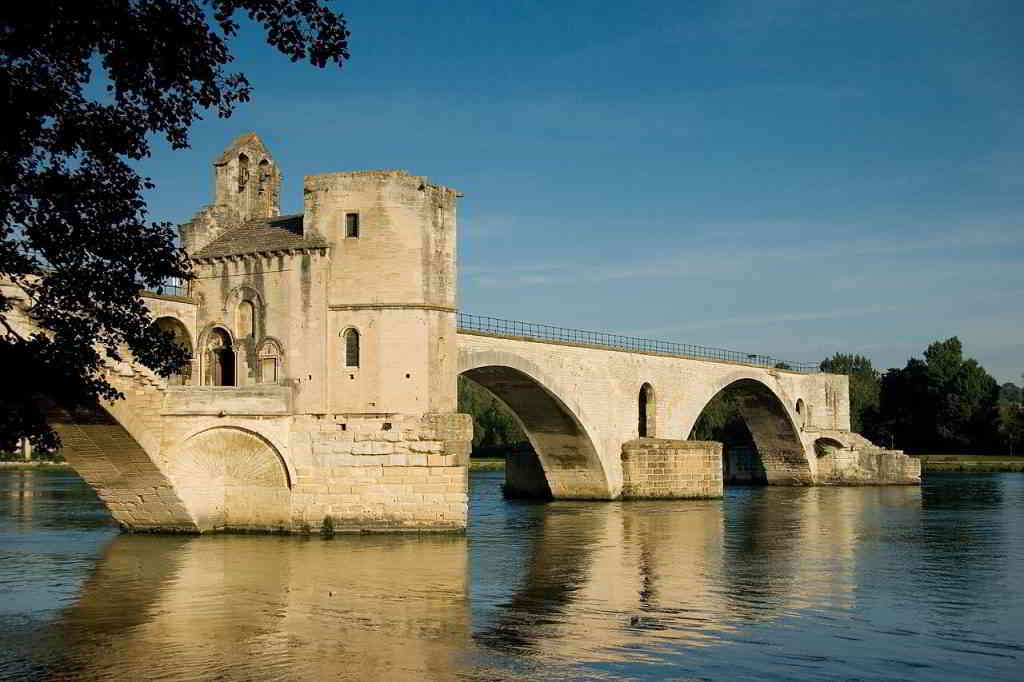
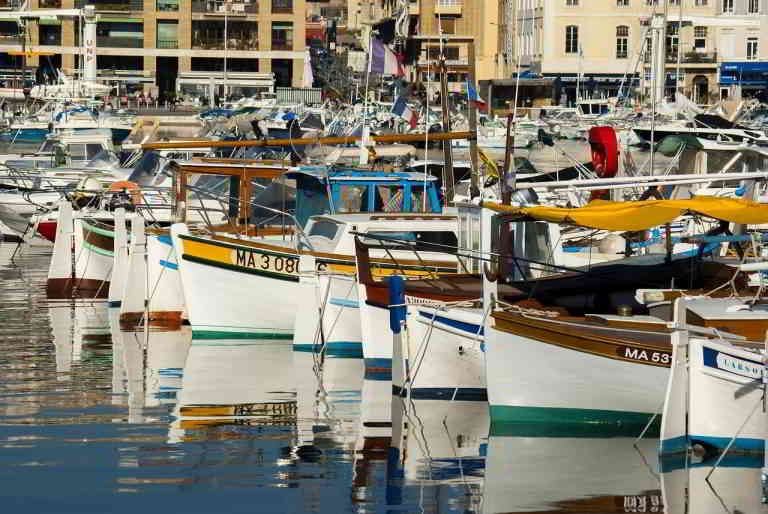
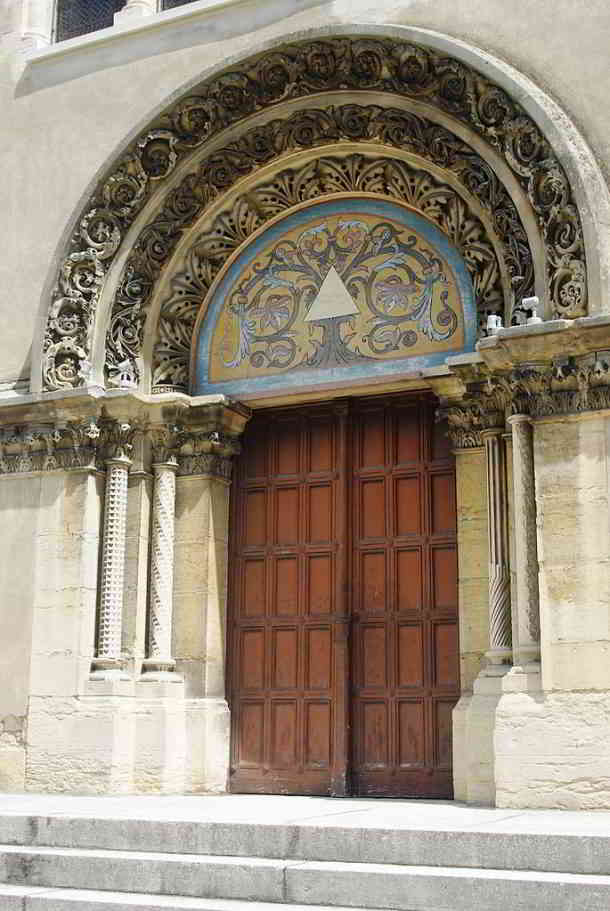
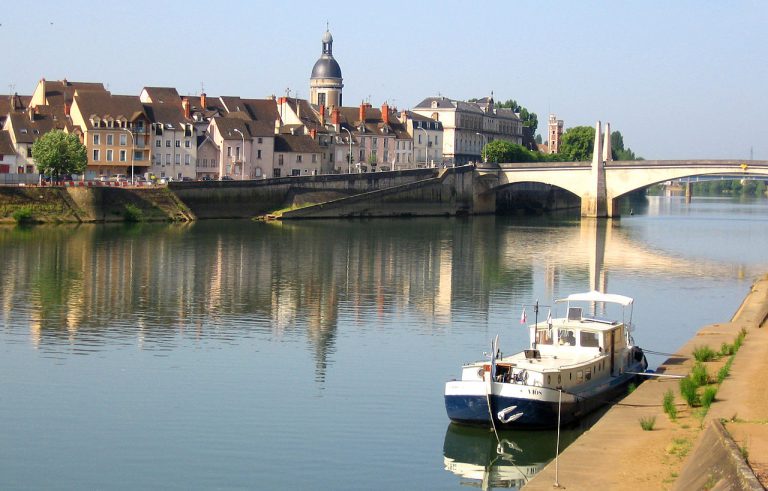
Like Alsace, Burgundy is an area associated with ample opportunities for high-end wine tasting; also like Alsace, it has a rich but often difficult-to-discern Jewish history. Why not combine a bespoke wine tour here with an exploration of how Jews shaped local culture from the medieval era onward? As with other regions, kosher wine tastings are a possibility, if preferred.
Jewish individuals were first admitted to the Duchy of Burgundy in the 12th century, but they were practically enslaved, considered feudal property. Nonetheless, they were forced to pay high rents to remain under the protection of the Duchy.
Communities thrived for a time, but as elsewhere in France during the 14th century, Jewish individuals were the subject of expulsions, disposession, and violent pogroms under various rulers– during what proved a dark century. What were once substantial communities in cities such as Dijon, Macon and Chalon-sur-Saone thinned significantly amid the intense persecution. After Charles VI signed the decree banishing all Jews from France, they all but disappeared from Burgundy—but fairly substantial communities returned following the French Revolution—some 300 years later.
There are many fascinating sites to focus on in the region. These are just a couple—we’ll of course unlock many other mysteries of the region for you, pairing cultural discovery with fine wines if such a blend interests you.
Dijon: Archaeology Museum and Synagogue
In Dijon, famous for its mustard, there’s a fascinating archaeological collection that includes Jewish tombstones, fragments from tombs and religious objects, all dating to the 12th and 13th centuries. We may also pay a visit to the lovely synagogue, which was built at the end of the 19thcenturies and confiscated by the Gestapo for use as a warehouse during World War II.
Other sites of note in Dijon include what was once called Rue de la petite juiverie (Rue Piron in the present day), where the medieval synagogue once stood, Rue de la grande juiverie (Rue Charrue today) and Rue Buffon, which was once simply called “Rue des juifs”. On Rue Berlier, a Jewish cemetery once stood; it was destroyed when Jews were summarily expelled from France in the early 14th century.
Chalon-sur-Saone
This small Burgundian city was known as a place of scholarly Jewish activity during the Middle Ages, and later as well. It was especially noted for being home to the 11th-century scholar Eliezer B. Judah, and for hosting a council of other prominent thinkers.
From the mid-10th century, historians trace the presence of Jewish individuals owning both vineyards and farms in the area: evidence that Jews contributed to the culture of winemaking in the region. They also participated in numerous other commercial activities.
While this history remains difficult to uncover since so many sites were effaced or destroyed, your private tour will show you some of the old streets where there once stood ritual Jewish baths, a cemetery and other important sites. The present-day community is small, but efforts to keep alive the heritage is strong here and elsewhere in Burgundy.
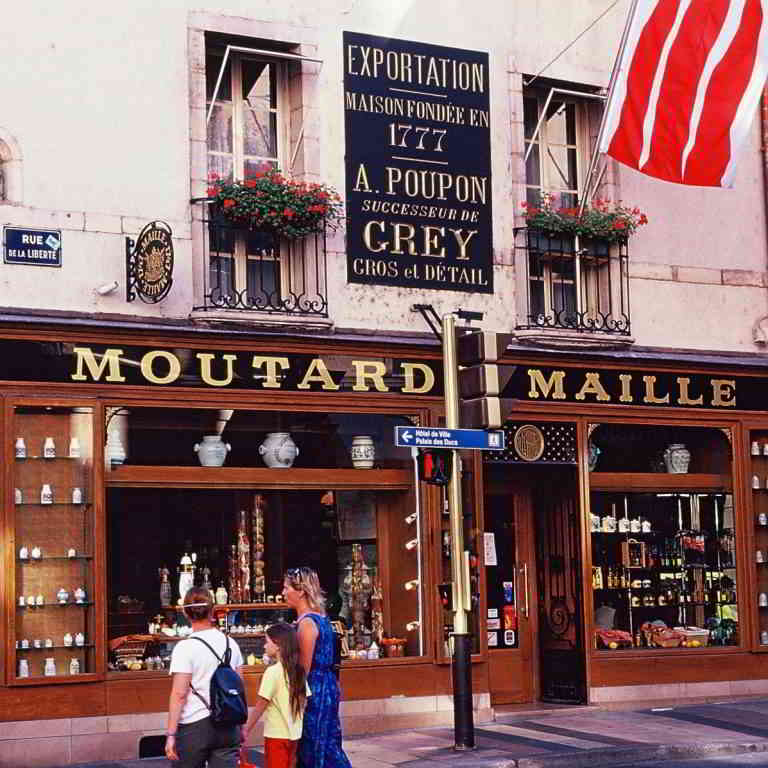
Did you like the content? Share it now!
If you’re passionate about Jewish history and culture and are interested in embarking on your own entirely unique private tour across the regions and sites in France that most interest you, get in touch with us. We’ll work closely with you to put together the bespoke itinerary of your dreams, and take care of everything– from securing luxurious and relaxing accommodations to gastronomic experiences.
Did you like the content? Share it now!
To provide the best experiences, we use technologies like cookies to store and/or access device information. Consenting to these technologies allows us to process data such as browsing behavior or unique IDs on this site. Not consenting or withdrawing consent may negatively affect certain features and functions.
